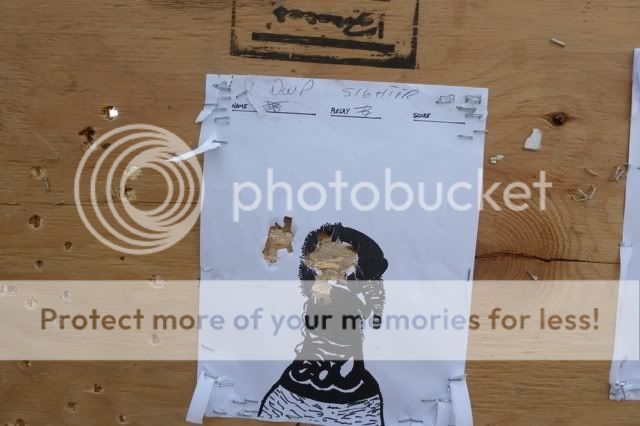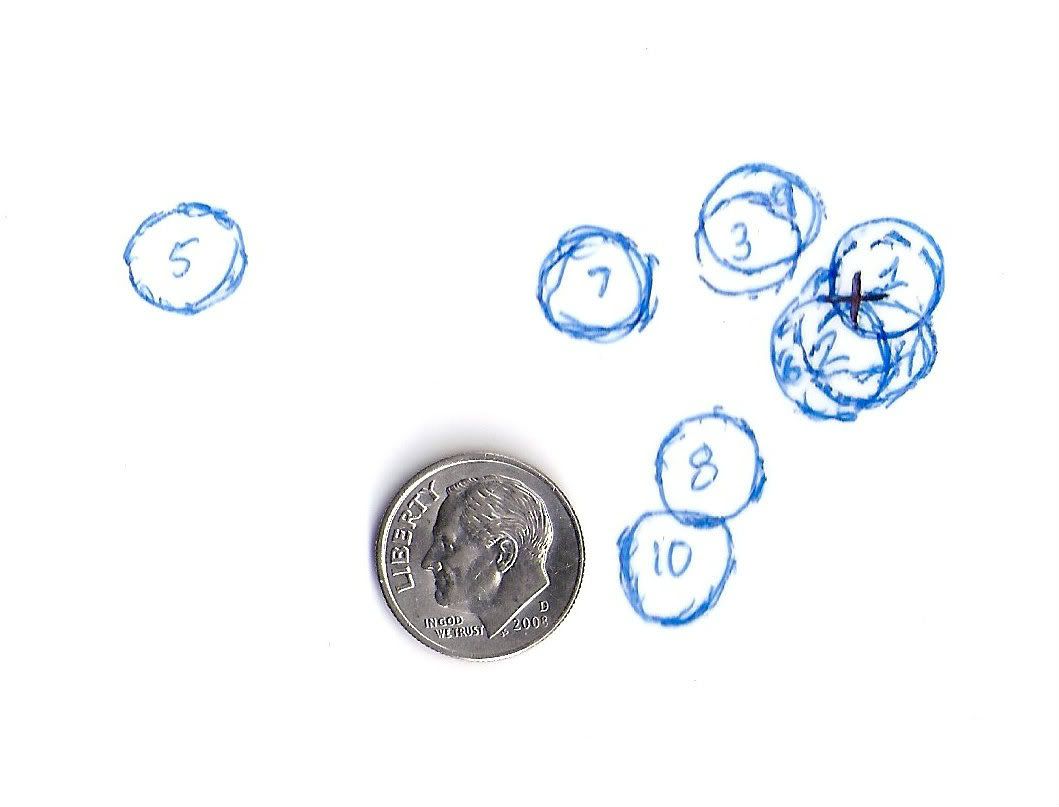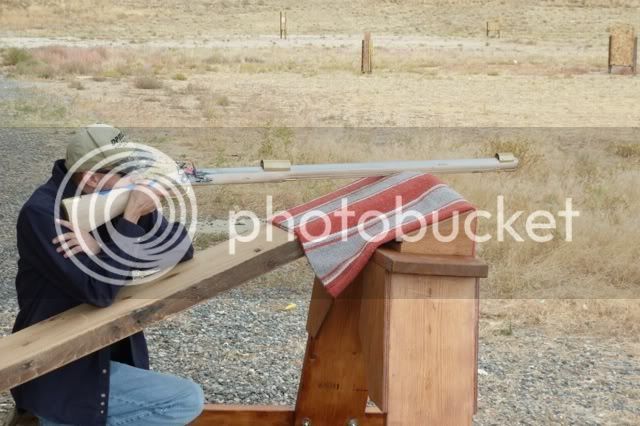hanshi said:
Indeed, something to think about. However, I still stick by my claim of being a lousy shot.
At the Mt Historical Gunmakers Guild Fair last month friend and myself were asked to do a talk on rifle accuracy. We did about 2 hour of comment and Q&A. This is a greatly condensed version.
I just shot a match Saturday. 2 guys were having a heck of a time with accuracy. Both were shooting 50 calibers but they reports sounded flat. They were using light charges. I finally asked the one what caliber and how much powder. It was 70 gr IIRC maybe less. We were only shooting 60 yards afterall.
I told him to step it up to about 90. He did and his last three shots were about 1/3 the size of the previous 7. The other guy did the same thing and his last two shot cut each other.
People MUST do load development and they MUST experiment.
Back when I was a kid the rule was "load it till it cracks". At least that was written in MB magazine.
I won the match BTW shooting 120 gr of FFF Swiss in a 50. 7.5" string for 10 shots. Average distance from center was .75". This is not exceptional but it was 2" shorter than the nearest competitor that day.
If you are shooting a 45-50 and its a SOUNDLY MADE RIFLE accuracy load development should START at 1/2 ball weight of GOOD powder. Ball .005 under bore and a .015-.018 patch if cotton (fairly heavily compressed with a mic, .018-.021 if measured with a caliper with normal pressure). Heavy blue stripe ticking works well in most cases being .015 with heavy pressure. Linen might work at .012.
Some shooters with 40 calibers shoot 60 gr or more for an accuracy load.
Find out where the rifle likes to be rested. I rest my heavy rifle on the second key barrel key from the breech. My swivel prefers rested near the muzzle.
Now run up or down 5 gr intervals and shoot at least 5 shots with any load that looks good.
WIPE BETWEEN SHOTS unless using water for lube.
Damp patch both sides, dry patch both sides then load again and fire.
As some chunk gun shooter stated "you don't HAVE to wipe between shots, but if you want to WIN you do".
We are not trying to simply hit a dinner plate sized target we are trying to do something like this 12 shots.
This is my sighter/backer target for a match. I staple all my score targets over it so give a record of the match on one sheet. There are 9 shots in the ragged hole. The hole to the left is two sighters the one score shot. This is 60 yards rest 109 gr fff swiss, .495 ball ticking patch, high friction lube of water soluble oil 5-1 with water then allowed to air dry. Consistantly wiped between shots.
This is a composite of the 10 score shots.
With work ANY decent rifle should come close to this in good conditions. The flier was a score shot caused by a 10mph increase in wind that I did not notice or it gusted as I broke the shot. This target with the 2.2" "flier" measured 4.087 for 10 score shots. Less than 1/2 from center average.
Back the last match. The guys shooting these light charges and scattering shots all over the target have been shooting this match for over a year. But had to be TOLD to increase their powder charges. Even though they had been shooting with me and some others who out shot them for the most part consistently. They would maybe win 1 match (each shot is a match in our turkey rules) now and then.
I am sure they just thought they were out classed in shooting skill when in reality they were beating themselves by failing to wring out the best accuracy from their rifle. Hopefully they will so some more shooting before the next match and they will be competitive.
I changed to a 1/8" wide front sight in May as well and this helped a lot. My vision in my right eye is 20-25 corrected.... And this seems to vary minute to minute... PITA.
A ML rifle will shoot surprisingly well even with cheap powder. But in general they work better with the more expensive stuff, its more consistent and a can bought 5 years ago will produce the same result as one bought today. Cheap powders invariably show significant variation because they are cheap and the maker is just cranking out something that will go "boom" or selling floor sweepings as "re-enactor" power.
I am sure some people think I am some sort of elitist for shooting Swiss. No.. I have very valid reasons for shooting it. For one thing I shoot AGAINST people who use it and I like to be competitive. I would like to at least get my entry fee back.
So do the load development. Put a scope on the thing. I know of a very nice Bedford county style rifle made by a freind in 1963. On the barrel are little sterling silver dots engraved like stars to cover up the scope block holes. He did load development with a scope early on. He and the rifle were not terribly popular at matches because it shot so darned well.
It shot well because he did his HOMEWORK.
So put on a peep sight or a scope for load development. Use shaders on the open sights.
Take them off for matches if necessary.
Shoot your rifle form a decent rest at 50 yards. Play with powder charges. If a percussion get a good SS nipple that is NOT VENTED. Use REAL BP it will invariably outshoot the subs and in most cases will last a lot longer.
Learn how to get consistent powder charges poured from a horn (we have a load from the pouch rule in the RB rifle matches).
It will be worth the trouble in the long run.
I detest doing load development. Back when shooting BPCR Silhouette with the only powder then available every new case of powder required load development and some of it had to be sold or given away as useless and another lot number bought. I really got tired of it.
But it has to be done at some level. The barrel I shot the above target with was tested by the maker before it was shipped so I had a good starting point and load development was basically making a powder measure.
I raised the powder charge of my match rifle to 120 at the last match and looking at recovered patches I think I will drop back to 109....
Hunting loads?
I shoot Neatsfoot oil or Tallow for bullet lube since it will allow loading without wiping.
Hunting is not target shooting.
Dan







